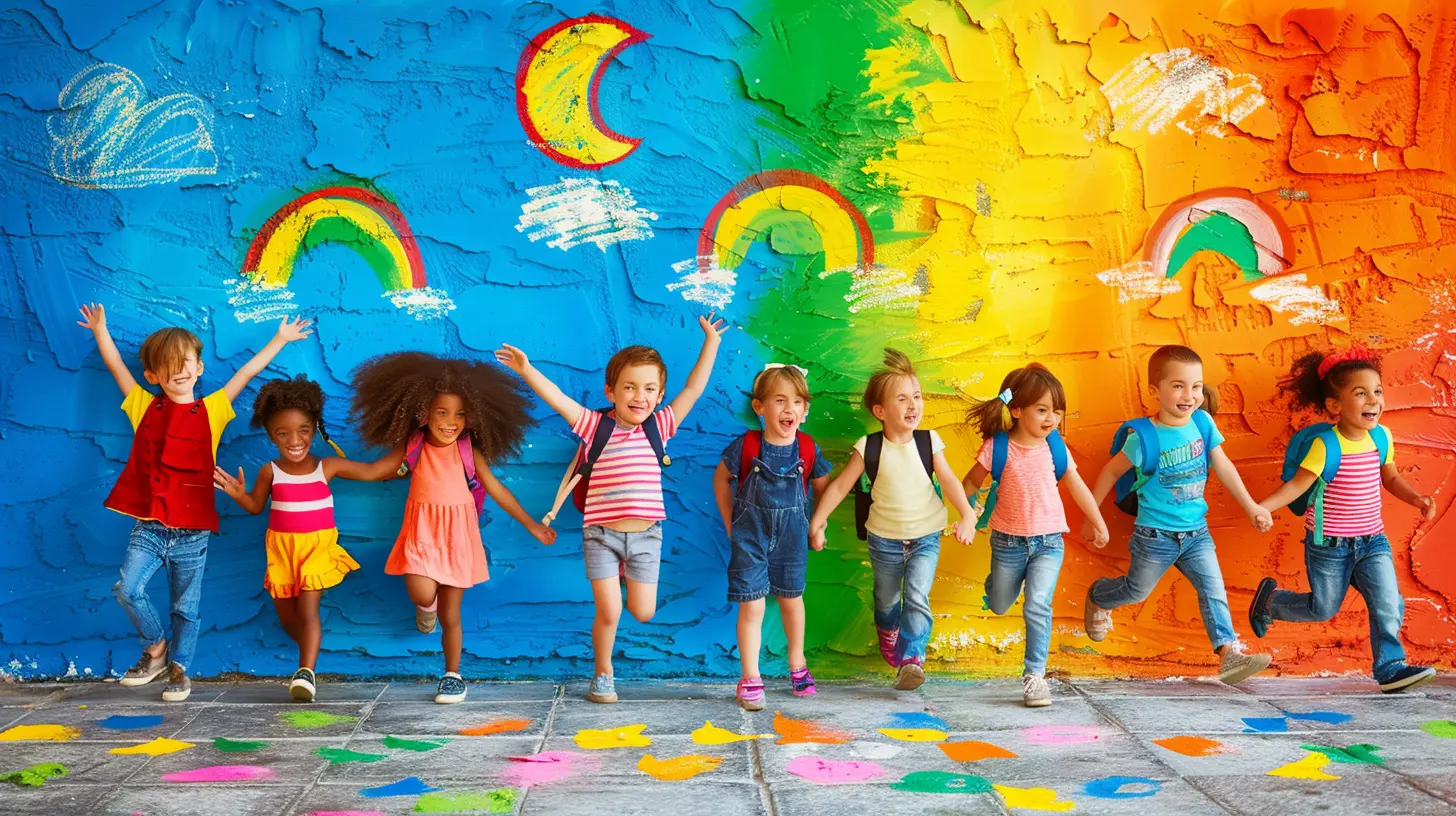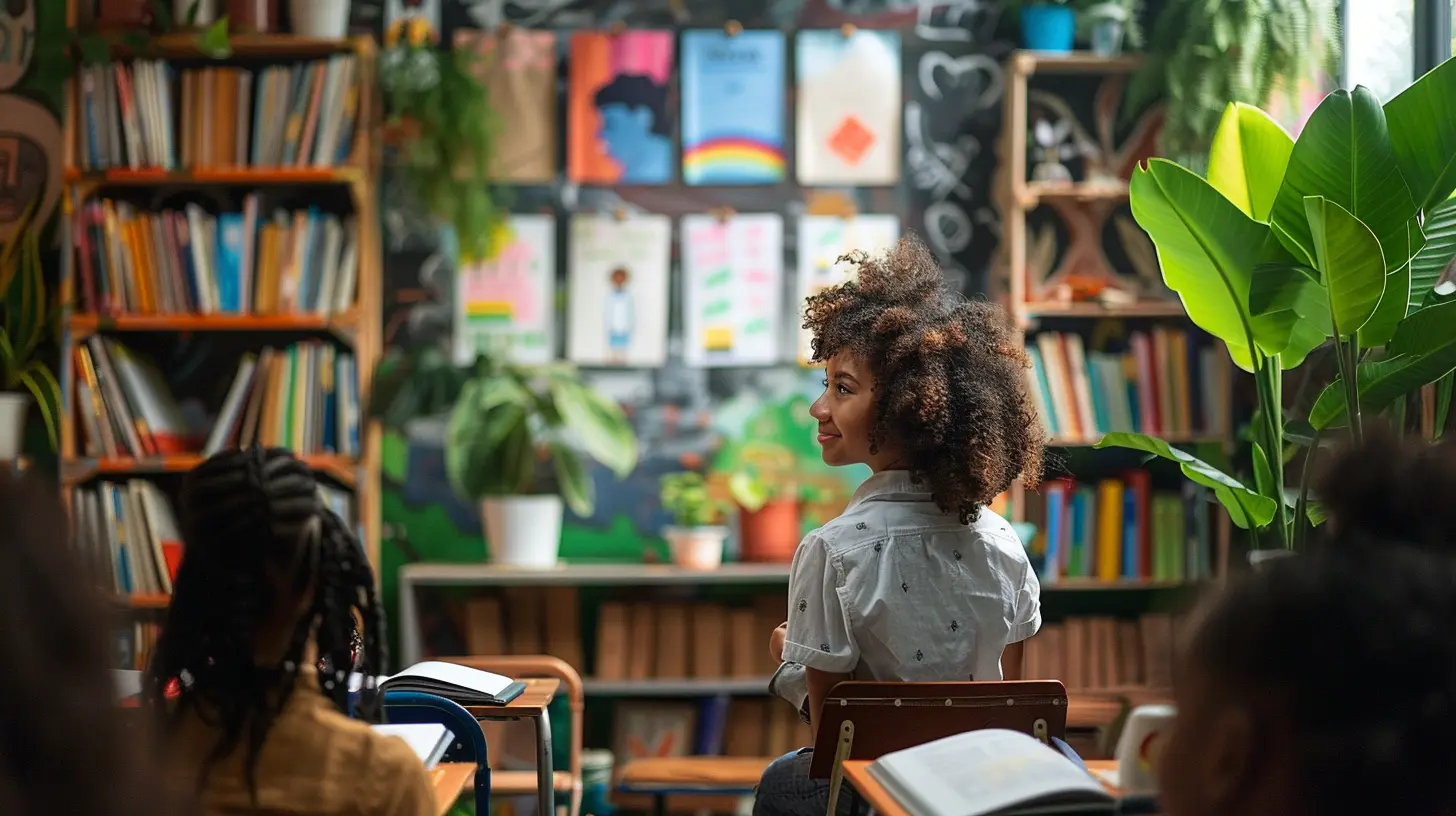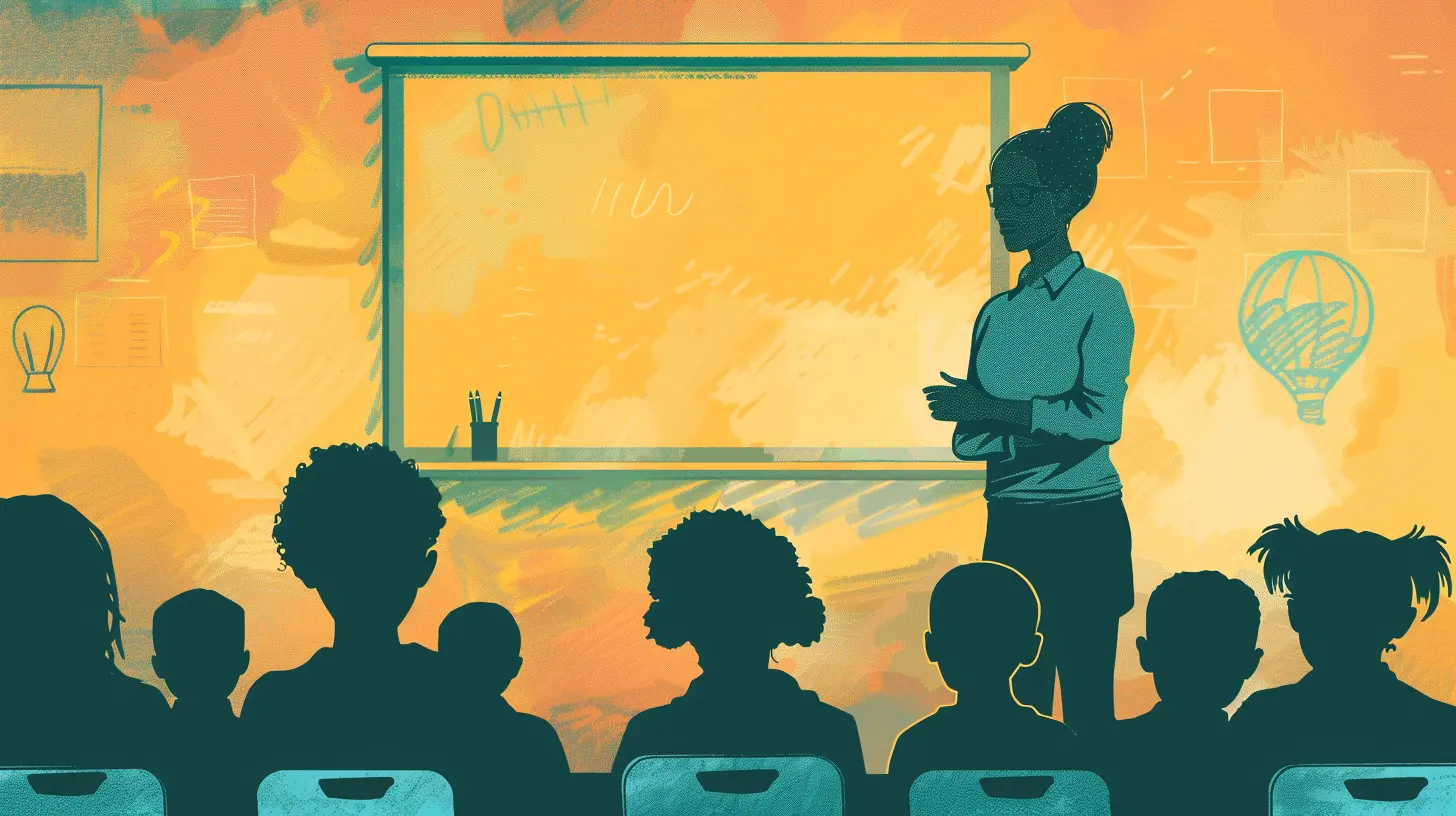Culturally Responsive Teaching: What Every Educator Should Know
16 October 2025
Education isn't one-size-fits-all. Every student walks into the classroom carrying a unique background, culture, and perspective. As educators, it's our duty to create an environment where all students feel seen, heard, and valued. That’s where culturally responsive teaching comes in.
By embracing this approach, teachers can foster inclusivity, boost student engagement, and promote meaningful learning. But what exactly is culturally responsive teaching, and how can educators implement it effectively? Let’s dive in. 
What Is Culturally Responsive Teaching?
Culturally responsive teaching (CRT) is an instructional approach that acknowledges and values students’ cultural backgrounds. Instead of expecting students to conform to a single way of learning, CRT encourages educators to adapt teaching methods to fit diverse cultural perspectives.At its core, culturally responsive teaching is about equity, respect, and connection. When students see their culture reflected in the curriculum, they become more engaged and motivated. It bridges the gap between home and school life, creating a learning experience that feels more relevant and meaningful.
But CRT isn't just about adding diverse books to your library. It's about understanding, celebrating, and integrating students' identities into everyday learning. That means shifting teaching styles, rethinking assessments, and fostering an inclusive classroom atmosphere. 
Why Is Culturally Responsive Teaching Important?
Imagine walking into a classroom where nothing reflects who you are. The examples don’t relate to your life. The history lessons ignore your ancestors. The teaching style doesn’t match how you learn best.For many students, this is an everyday reality.
Culturally responsive teaching recognizes these disparities and actively works to close the gap. It ensures every child feels valued and capable of success, no matter their background. Here’s why it’s so essential:
1. Improves Academic Achievement
When students see themselves in the curriculum, they engage more. They connect with the content and absorb information better. Studies show that culturally responsive teaching boosts academic performance, comprehension, and critical thinking skills.2. Builds Stronger Teacher-Student Relationships
Effective teaching isn't just about delivering content—it’s about building relationships. When teachers take the time to understand their students' cultural backgrounds, they create stronger, more meaningful connections. Students feel respected and, in turn, become more open to learning.3. Encourages Inclusive Classrooms
A culturally responsive classroom makes every student feel like they belong. It creates a safe space for discussions on race, identity, and different perspectives. When students learn about and respect each other’s cultures, it fosters empathy and understanding.4. Reduces Bias and Stereotypes
Let’s be honest: traditional education often reflects a Eurocentric perspective. This can reinforce stereotypes and marginalize certain voices. CRT challenges biases, broadens perspectives, and promotes a more accurate understanding of history and society.5. Prepares Students for a Diverse World
The world is a melting pot of cultures, traditions, and viewpoints. Schools should prepare students not only for academic success but also for life beyond the classroom. By incorporating diverse perspectives, culturally responsive teaching equips students with the skills to thrive in an interconnected world.
How to Implement Culturally Responsive Teaching in the Classroom
Now that we’ve covered why culturally responsive teaching matters, let's talk about how you can bring it to your classroom.1. Get to Know Your Students Personally
The first step to culturally responsive teaching? Learn about your students. Talk to them. Ask questions about their backgrounds, traditions, and experiences. Build relationships beyond academics.Simple activities like student surveys, cultural sharing projects, or storytelling exercises can help students express who they are. When you show genuine interest in their lives, they’ll be more engaged in the learning process.
2. Diversify Your Curriculum
Representation matters. Take a critical look at your curriculum—does it reflect the diversity of your students? Does it include different cultural perspectives, historical figures, and authors?Incorporate books, case studies, and materials that highlight voices from different racial, ethnic, and socioeconomic backgrounds. Whether you're teaching history, literature, or science, make sure every student can see themselves in the content.
3. Use Culturally Relevant Instructional Strategies
Every culture has different learning styles and communication preferences. Some students thrive in group settings, while others prefer independent work. Some cultures emphasize oral storytelling, while others focus on written narratives.Adapt your teaching strategies to accommodate different learning preferences. Encourage collaborative learning, integrate music and art from diverse cultures, and use storytelling to explain concepts. The more inclusive your teaching methods, the more students will stay engaged.
4. Encourage Open Discussions About Culture and Identity
Creating space for conversations about race, culture, and identity makes a big difference. Allow students to share their personal experiences and perspectives. Introduce discussion topics that challenge stereotypes, highlight different worldviews, and encourage critical thinking.At the same time, ensure that your classroom remains a safe space for these discussions. Set guidelines for respectful dialogue and encourage students to listen with an open mind.
5. Reflect on Your Own Cultural Biases
We all have biases, whether we realize it or not. The key is to acknowledge them and actively work to reduce them. Teachers should consistently reflect on their own cultural perspectives, teaching methods, and interactions with students.Ask yourself:
- Do I unintentionally favor certain cultural norms over others?
- Am I making assumptions about my students based on their backgrounds?
- How can I challenge my own biases and grow as an educator?
Self-reflection is essential to becoming a more culturally responsive teacher.
6. Build Strong Connections with Families and Communities
Education doesn’t stop at the classroom door. Stay connected with your students' families and communities. Host multicultural events, invite guest speakers from diverse backgrounds, and encourage family participation in school activities.When schools partner with families, students feel more supported and motivated to succeed.
7. Implement Culturally Responsive Assessments
Standardized tests and traditional grading methods don’t always reflect a student's true abilities—especially when cultural differences come into play.Consider incorporating alternative assessments like project-based learning, oral presentations, and creative storytelling. This allows students to showcase their knowledge in ways that align with their cultural strengths. 
Breaking the Cycle: Moving Toward More Inclusive Classrooms
Culturally responsive teaching isn’t a passing trend—it’s a necessary shift in education. Our classrooms are diverse, and our teaching methods should reflect that diversity.The good news? Change starts with small, intentional steps. By making an effort to understand, appreciate, and integrate students' cultures, we can create learning environments where every student thrives.
So, educators, let’s challenge outdated norms. Let’s rethink how we teach. Let’s make sure every student—regardless of their background—feels empowered to succeed.
Because when we embrace diversity in education, we unlock the full potential of every child.
Final Thoughts
Culturally responsive teaching isn't just about diversity—it's about equity, respect, and empowerment. By implementing thoughtful strategies, we can create classrooms that reflect the rich cultural backgrounds of our students.At the end of the day, education should be a bridge, not a barrier. And when we teach in a way that honors every student's identity, we don’t just improve academic success—we change lives.
So, are you ready to make your classroom more inclusive? The future of education depends on it.
all images in this post were generated using AI tools
Category:
Teacher TrainingAuthor:

Zoe McKay
Discussion
rate this article
1 comments
Owen McCracken
Great insights! Essential strategies for inclusive and effective education.
October 27, 2025 at 5:31 AM

Zoe McKay
Thank you! I'm glad you found the insights valuable for fostering inclusive education.


